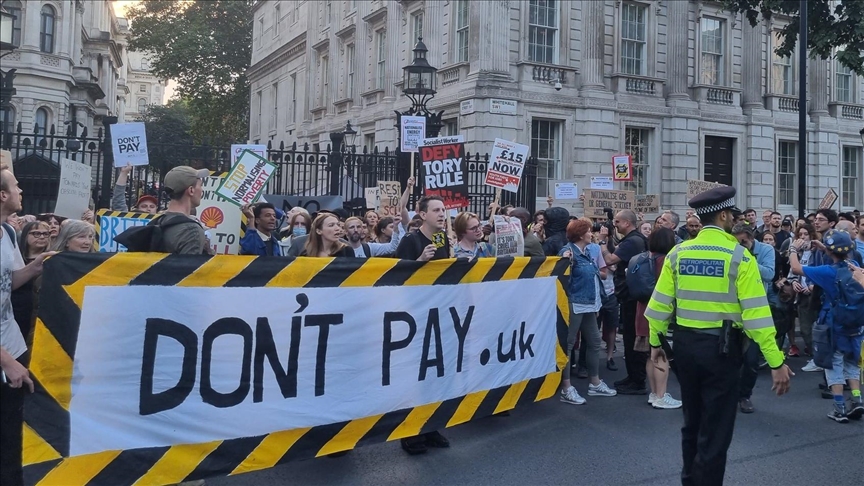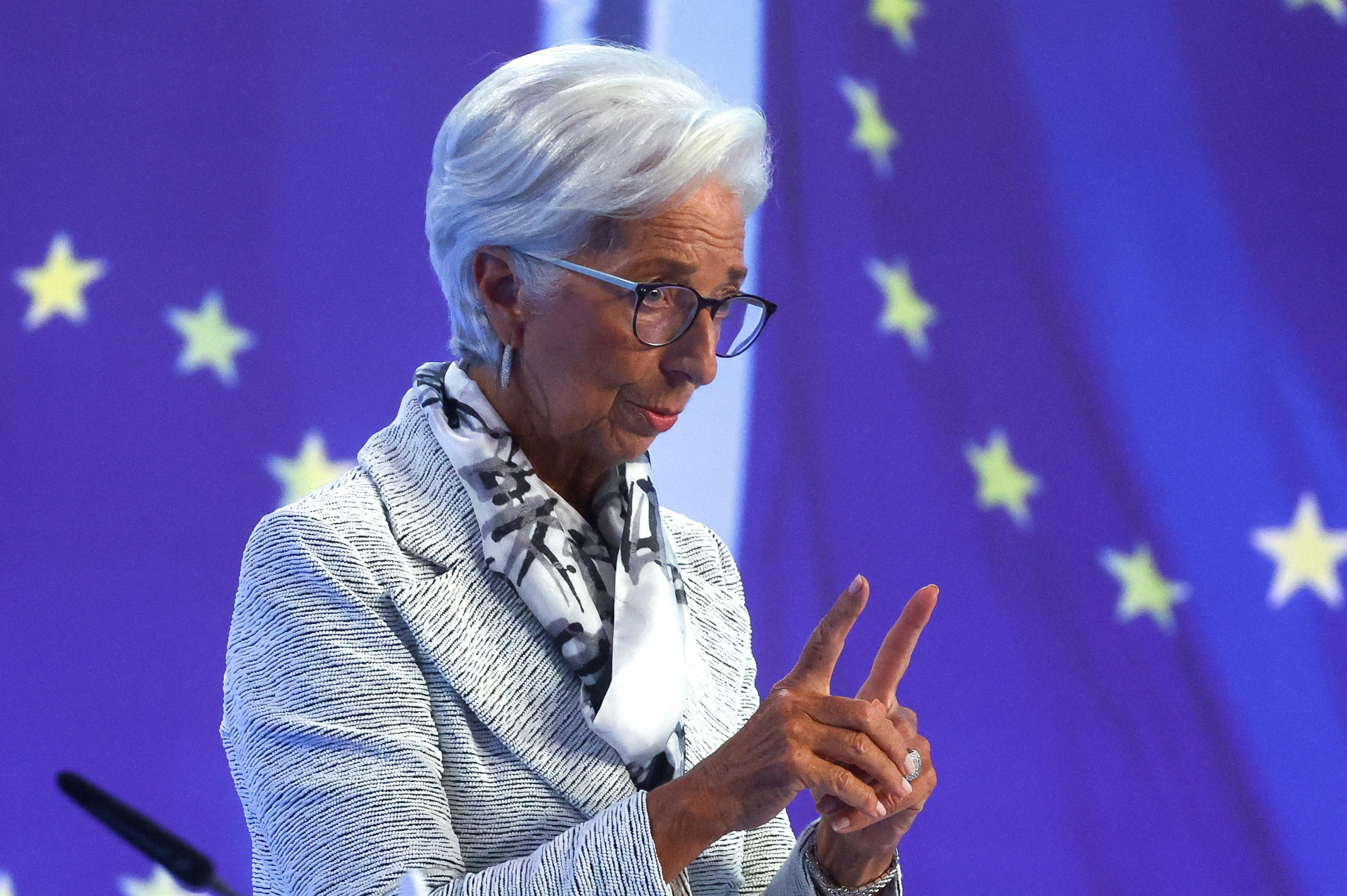A harsh economic season has arrived
With food prices rising and energy bills skyrocketing, Europe could experience a winter of street protests, strikes and mass demonstrations. The risk was signaled at the beginning of September by Verisk, a consultancy firm, in a report that highlighted how even some of the richest countries in the Continent, such as Germany or Norway, could face social unrest. This is no act of divination, but mere observation. The United Kingdom, in fact, has already started to deal with the consequences of rising living costs and everyday hardships, providing bitter anticipations: by late summer, a wave of protests was sweeping the nation, with transport service interruptions, worker demonstrations and a mounting “Don’t Pay” campaign inviting electricity customers to stop paying their monthly direct debit if “no action is taken to reduce an expected price hike in October.”

In the face of this unsettling scenario, the European Central Bank (ECB) decided in September to tackle inflation by raising interest rates by 75 basis points, the second consecutive increase in borrowing costs (the first, 50 basis points, was approved in July) in more than a decade, and the highest since the European currency was born. More increases are likely in the coming months, according to Christine Lagarde, President of the ECB.
When inflation hit a record high of 9.1% in August, Lagarde admitted in unprecedented remarks that “We made forecasting errors, as did all the international institutions.” The ECB downplayed the risks of inflation spiraling out of control throughout last winter, insisting that the rise in prices was “temporary”, despite a number of factors suggesting otherwise. It is now widely accepted that the ongoing inflationary pressure are not demand-led – certainly not in the eurozone.
Read more: Inflation, green transition, and the ECB’s options
In this context, many now fear that the institution, and its leader, are currently downplaying more than obvious signs of a recession, as surging energy prices hit businesses and households, and economies throughout the eurozone, including Germany’s, have already started to shrink after the boost of the post COVID recovery.
Tightening monetary policy means, in fact, that governments will have less maneuvering room, in terms of expenses and fiscal space, in the looming crisis. It also means, as a consequence, that aggregate demand – which, in countries such as Italy, Spain and Greece, is already depressed by stagnant or declining salaries – will contract, weakening the economy. Finally, the rise in interest rates is possibly set to amplify volatility in sovereign spreads to the German Bund, which could create challenges in the refinancing and the sustainability of Italy or Greece’s massive public debts.
Needless to say, the ECB’s Governing Council is well aware of all the above, but it decided that it was more important to be faithful to its mandate, which is keeping inflation around 2%. It was a tough choice, and heated discussions took place within the Council: dovish members pointed out that such a sharp increase in interest rates will accelerate a recession that, given the uncertainty of developments in the war in Ukraine and the foreseeable cut off in Russian energy supplies, seems inevitable; hawkish members replied that the monetary normalization was equally inevitable to keep prices under control, and to give some strength to the euro, as the currency has fallen below parity with the dollar – which translates into higher costs for imported goods. They won the argument.

The truth is, economists say, that this could possibly be one of those circumstances without winning options: either choice of the ECB could have had dire consequences. However, one mistake could be bigger than the other, and it is almost too easy to recall an unfortunate precedent, whose memory still has not faded across the Continent.
In 2008, on the eve of an economic downturn that would later lead to what we now know as “The great crisis”, Jean-Claude Trichet, at the time President of the ECB, decided to raise borrowing costs, bringing them to 4.25%. Trichet was an inflation hawk, he feared mounting oil and food prices, but failed to understand that the coming global financial turmoil, the slowdown of growth and the structural problems of economies both in the United States and in Europe would have led to a general meltdown that it would take years, and the “Whatever it takes” moment, to recover from.
Back then, similarly to what is happening today, inflation in the eurozone was not driven by demand, as it is in the United States, but by supply. This means that many sectors have incorporated the spike in prices, whereas wages and demand remain stable, or declining – in the last quarter, real salaries have fallen by 5.6% in the eurozone. The everyday picture is, thus, not an exciting one: goods, and specifically energy and food, cost much more, but people have the same, or less, money to pay for them, and will presumably buy less.
Read also: Natural gas pricing mechanisms and the current crisis: drivers and trends
In this framework, the decision to tighten monetary policies deprives the governments of powerful tools to help families and businesses keep up with their bills, which means basically to sustain growth at a difficult time. Germany has planned to invest €95 billion to shield energy customers and businesses, but domestic demand is already under pressure, as signaled in July and August by a contraction in services activity. France is dealing with the same indicators, while the Italian industrial sector, driven by generous governmental stimulus, shows modest growth – that will vanish as soon the stimulus is over and factories are forced to pause their activities because of unsustainable production costs.
Extreme weather conditions over the summer, with record temperatures and unprecedented drought throughout the Continent, have made things even worse. The agricultural sector reports scarcity on current and future harvests, which will transmit onto prices, and energy production via nuclear plants – that requires water to cool – and hydroelectric plants has significantly reduced, aggravating manufacturing industries’ condition. Finally, Europe is facing months of possible political instability, with a crucial election just held in Italy. It is unclear both which economic policies the new right-wing government will deploy and which relationship it will decide to establish with the European Union and its institutions.
Given this scenario, it is particularly hard to feel optimistic about the season ahead of us. All indicators say it is going to be difficult, and that it will severely affect people’s lives and businesses alike. The ECB could have taken a less orthodox approach to the moment, choosing to sustain growth over the fear of inflation. It would have been a risky bet; but, if the past has taught us something, the choice made may be much more riskier. This time, with a brutal war raging in Europe and geopolitical tensions exploding in all corners, we are unequipped to pay the price for it.
